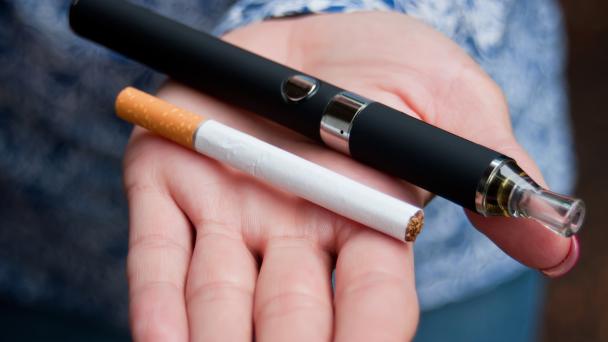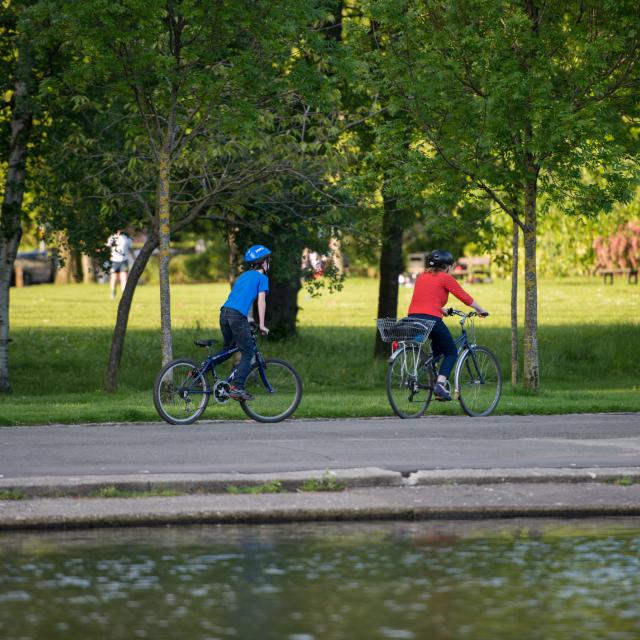Dual use of e-cigarettes and tobacco


The Scottish Health Survey gives us an accurate picture of the health of the Scottish population.
It provides information about how healthy people are, what health services people use and examines the health and health-related behaviour of different groups in society.
The data collected also informs the Scottish Government National Performance Framework and feeds into a nationwide health strategy.
The latest report is from data collected in 2022. The study was initially conducted via telephone for the first two months, then switched to in-home interviews with a telephone contingency option for the rest of the survey year.
The Scottish Health Survey was first conducted in 1995 and then again in 1998 and 2003 and has been carried out annually since 2008.
The data is primarily collected via a face-to-face interview incorporating self-completion questionnaires and objective biomedical measurements. With COVID restrictions preventing in-home data collection, for the first two months of the 2022 survey, interviews were conducted on what is termed a “knock-to-nudge” basis whereby interviewers visited respondent households on the doorstep to encourage them to complete a telephone interview. From May 2022, interviews were undertaken using a face-to-face, in-home approach with a telephone contingency for those not willing to complete an in-home interview.
Participants from the child boost sample were invited via letter to opt-in to a telephone interview until July 2022. In August, the sample was linked with the Community Health Index (CHI) to better identify households with children. From September 2022, the linked child boost sample was worked face-to-face in-home.
Receive a regular update, sent directly to your inbox, with a summary of our current events, research, blogs and comment.
Subscribe